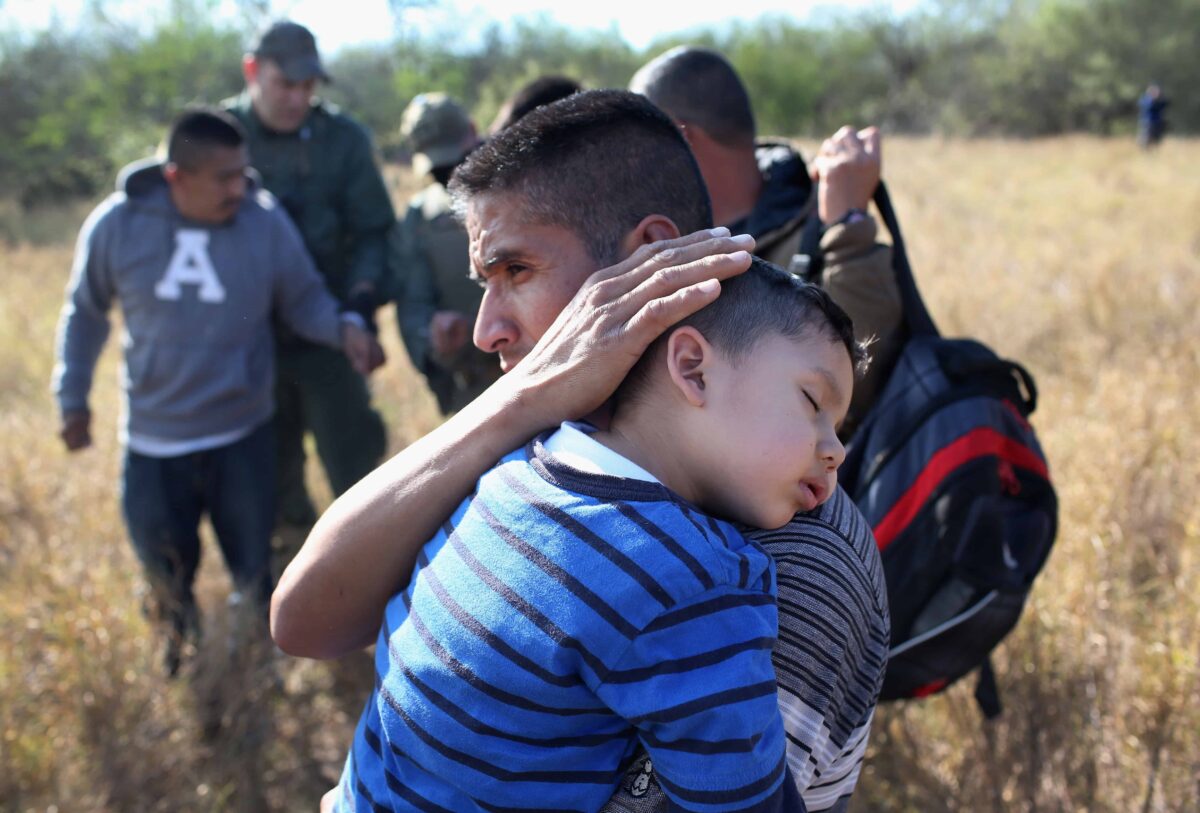The International Organization for Migration (IOM) encouraged increasing efforts to combat human trafficking and cited Costa Rica as an example in the Central American migration corridor.
Heydi González, from the IOM Regional Migration Program, said in an interview in San José that every “transit country” for migrants must strengthen measures against trafficking.
“Costa Rica is one of the model countries in the region because it also has a fund to support victims [of trafficking]. It is one of the countries that has a more structured institutionality and that as a model for the region, but these efforts must be resumed and reinforced,” she explained.
“Within the complexity of the route, it may be that here [in Costa Rica] it is a space for rest, because there is an institutionality that responds,” added Heydi González, also coordinator of the UN Joint Program to combat trafficking.
She highlighted the possibility for migrants to receive “humanitarian assistance” and “more information and services” in Costa Rica, although she said that this country, like no other, is not exempt from the crime of human trafficking.
The IOM and the UN seek to strengthen coordination with Central American countries to prosecute human trafficking. These efforts “are still not enough” due to the complexity of criminally prosecuting a crime that in many cases becomes transnational, she said.
Migrants arrive in the region after crossing from Colombia to Panama through the dangerous Darien jungle and “as they get closer to North America it becomes like a funnel and it becomes increasingly complex to pass and networks operate with greater force,” González said.
“Due to the complexity of proving the crime, it is usually very difficult to obtain convictions,” she added.
More than 248,000 migrants have crossed the Darien jungle this year, a record number that exceeds the records for all of 2022, when the previous record was set, the government of Panama said on Monday.
From January 1 to July 30, 248,901 migrants entered Panama on foot through the jungle from Colombia, exceeding the total [number] last year when the previous record was set, said María Isabel Saravia, Panama’s deputy director of Migration.
They make this journey despite it being plagued with dangers such as wild animals, raging rivers to cross and criminal organizations that rob them or demand payment to guide them on their route.
“We are talking about people who are experiencing unimaginable suffering,” said Martha Keays, director of the International Federation of Red Cross and Red Crescent Societies in Panama.
Threats
The IOM official explained that “social media is used, they present themselves as employment providers, sometimes they are someone close to the victims, according to their vulnerability, and they are complex transnational structures.”
She highlighted the “special vulnerability of women and girls” to existing threats along the route.
For adult women, “trafficking for the purpose of sexual exploitation, domestic servitude or forced marriage will be prevalent,” the IOM official said.
For girls or boys, “the form of trafficking for the purpose of sexual exploitation or in some cases adoption” is the most common. And with men “there may be situations of labor exploitation,” she said.
The US State Department highlighted in a recent report on human trafficking that Costa Rica “is making significant efforts” to combat this crime. However, the country “does not fully meet minimum standards in eliminating human trafficking,” the report indicates.






